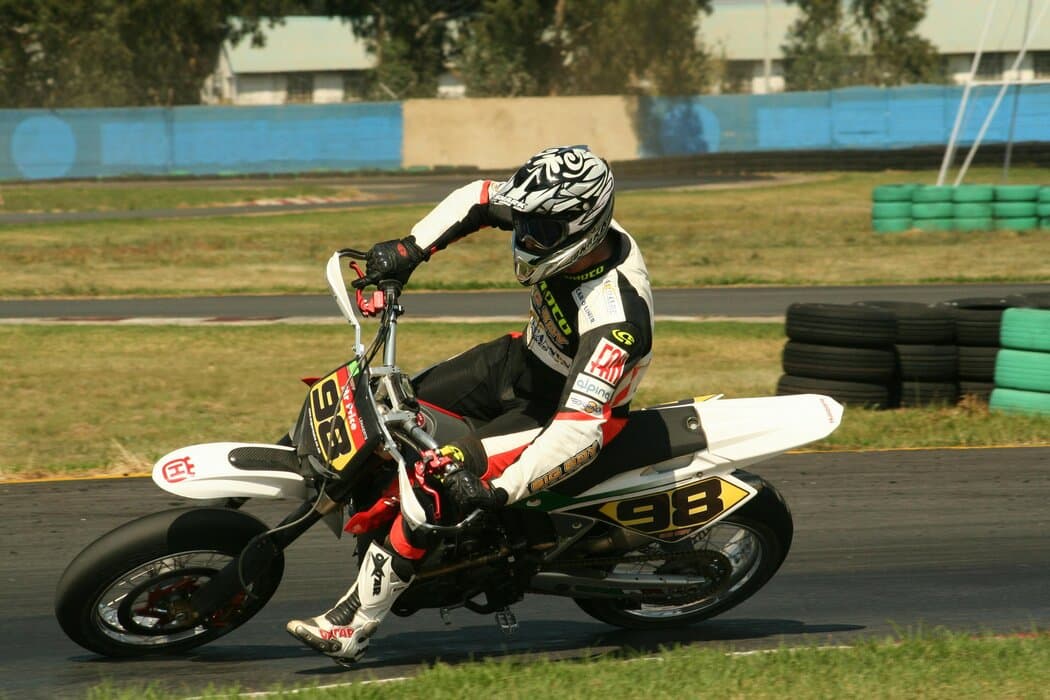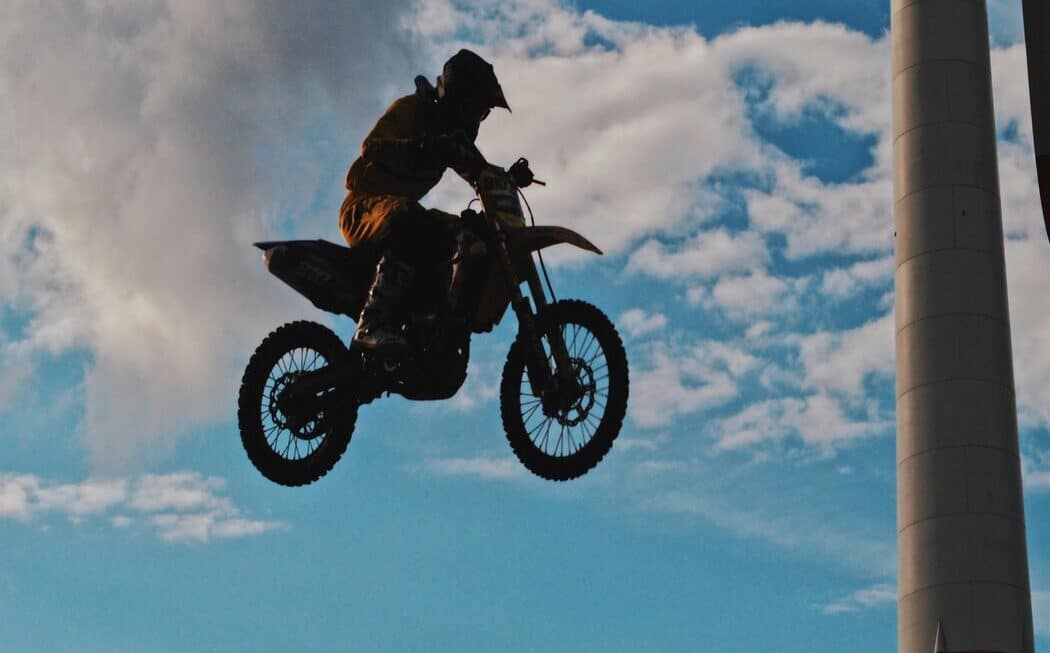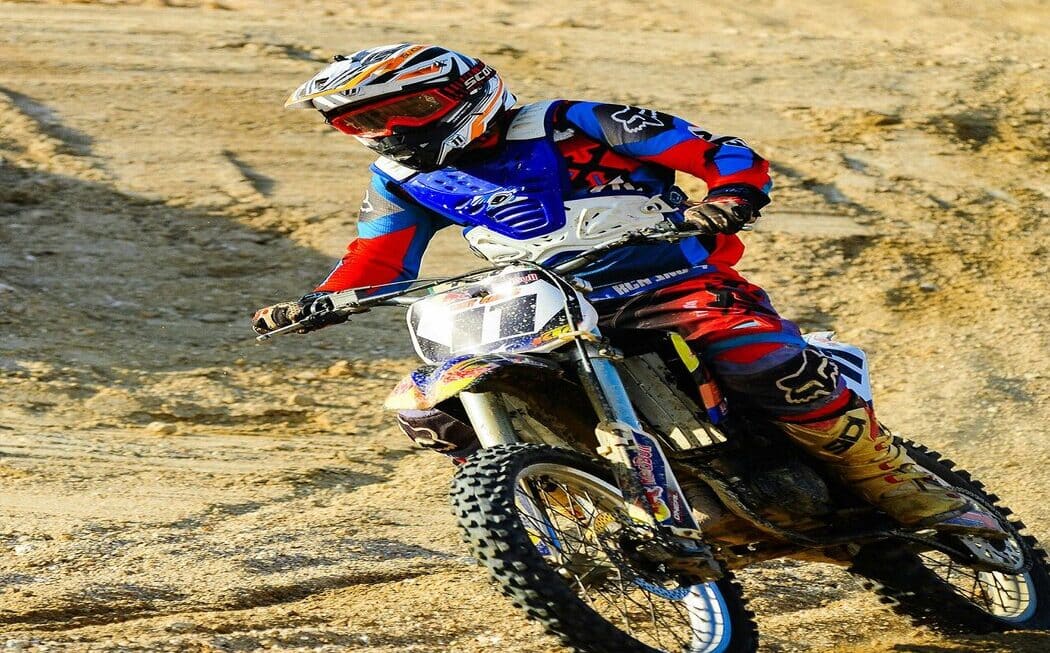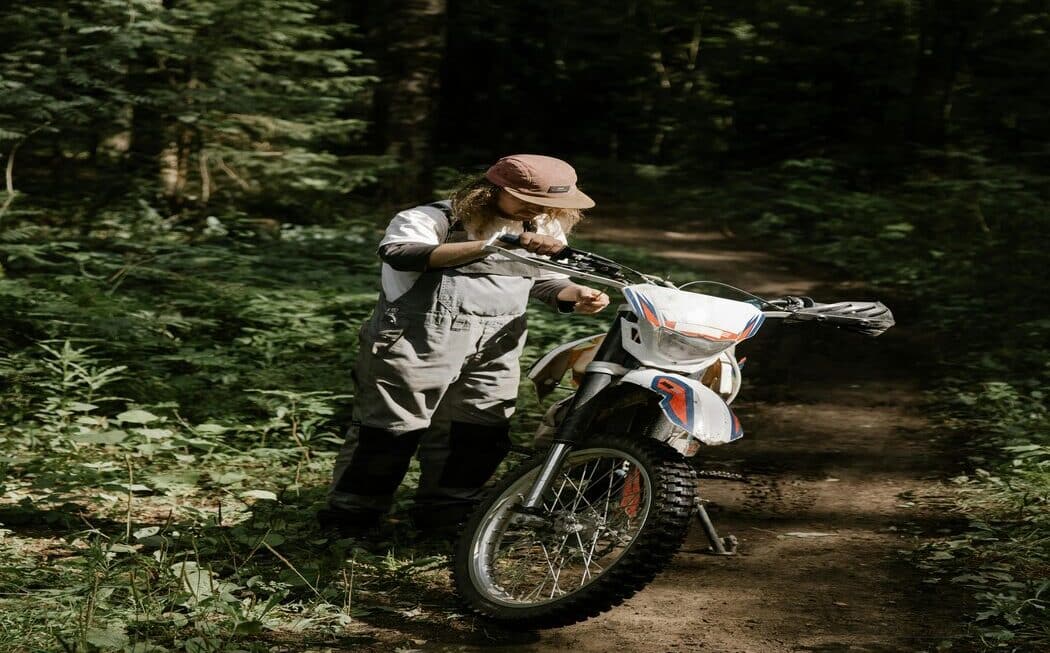Eager to take your passion for dirt bike riding to the next level? Perhaps you’re one of those dirt bike riders who’ve always dreamed of having a personal playground where you can push the limits and catch some air. Welcome to the exhilarating world of building your very own dirt bike track. In this extensive guide, we’ll walk you through the step-by-step process of creating a track that’s not just a dirt circuit, but an adrenaline-pumping extension of your love for the sport.
The Thrill of Having Your Dirt Bike Track
At the heart of motorcycling is the pursuit of adrenaline, and nothing quite compares to the thrill of hurling around on a dirt bike. Now, imagine experiencing that rush on a track designed and built by your own hands. The satisfaction of such an achievement is indescribable; you’re not just riding a track, you’re a part of it, intimately knowing every bend, every jump’s rhythm, and how the track evolves over time.
Locating and Preparing Your Track Site
Selecting the Perfect Spot
The location of your dirt bike track is paramount. It should be convenient for you, well-situated regarding noise concerns, and with enough space for a track with a suitable length and variety of features. If you have neighbors, be considerate; being close to residential areas may mean you need to invest in noise mitigation solutions.
Terrain and Topography Assessment
Grappling with the natural lay of the land can be both a challenge and an opportunity. Natural features such as hills, valleys, and trees can add character to your track, but they must be worked into the design thoughtfully. A level area makes for easier construction, but gentle slopes can enhance drainage and prevent water accumulation.
Navigating Regulations and Permits
Before you break ground, it’s essential to secure the right permissions. This may involve local or state regulatory bodies and environmental concerns. Permits are not just legal requirements; they also provide you with valuable insight and support.
Designing the Perfect Track
Type and Purpose
The purpose of your track will influence its design. Are you aiming for a motocross-style track with high speeds and large jumps, a technical trail through the woods, or a freestyle arena for acrobatic stunts? Each style requires a different layout and caters to different skill sets.
Obstacles and Features
Jump height, distance, and angle are critical considerations. Soil types, such as sand for stability or clay for moisture retention, will behave differently in the air. Turns must facilitate the flow of the track, with berms and proper pack material to support and guide the rider.
Safety First
You might be tempted to pack your track with outrageous features, but safety must be the top priority. Factor in runoff zones after jumps, clear lines of sight, and sufficient padding on hard obstacles. Remember, a safe track is a fun track.
Problems with the Construction
Creating a dirt bike track is no small task. It’s labor-intensive and requires a plan as detailed as any official engineering project. This section will guide you through the groundwork to laying every last grain of dirt and finally shaping the track into the masterpiece it is destined to be.
From Dirt to Track
Before you even think about the jumps, you need to clear the area of debris and vegetation. This is the start of what may be many full days of work, depending on the size and complexity of the track. Consider renting or purchasing heavy equipment like bulldozers and trucks to expedite this phase.
Laying the Foundation
The foundation of your track is the preparation of the soil. Understanding the composition of the dirt and what lies beneath is critical for a sound track that won’t erode after the first rain. You may need to dig deep to remove unsuitable soil, replace it with stable material, and tamp it down relentlessly to create a solid base.
Shaping the Landscape
Shaping the landscape is your chance to bring your vision to life. Building jumps requires not only excavation but careful placement of dirt to create a smooth transition for the rider. This is an art as well as a science, so don’t be surprised if it takes several iterations to get it right.
Adding Safety Measures
Safety is an ongoing process, from the initial planning to the final jump. Barriers, emergency access points, and first-aid stations need to be installed. It’s also wise to establish a perimeter fence to keep out unwanted visitors and protect riders from stray ATVs or debris.
Mastering the Maintenance
A well-designed dirt bike track is a dynamic entity, always changing as riders cut the same corners and launch off the same jumps. Maintenance isn’t about keeping the track the same; it’s about keeping it safe and enjoyable.
Drainage Is Key
Soggy patches can be the bane of any rider’s existence. Properly-constructed tracks will have natural gradients to encourage water runoff, but sometimes this isn’t enough. Track maintenance means constantly monitoring where water collects and making the necessary adjustments to ensure your track is ridable, rain or shine.
Watch Your Soil
The soil you use for your track will dry, compact, erode, and generally change over time. Regularly inspect the track’s condition and be prepared to bring in more material to keep the jumps the way they were designed. This is not just a protective measure for the structure but also for the rider.
Annual Overhaul
An annual overhaul of your dirt bike track might sound laborious, but it’s a great time to make substantive changes or rejuvenate the track after a season of heavy use. Assess the feedback from riders and make the necessary adjustments to keep your track exciting and engaging.
Tips for Effective Track Maintenance
Maintaining your dirt bike track is crucial for ensuring its longevity and the safety of riders. Here are some practical tips to keep your track in top-notch condition:
- Regular Walk-Throughs: Make it a habit to walk the track regularly. This allows you to spot any issues, like erosion or obstacles, that may have arisen since the last inspection.
- Preventive Measures for Erosion: Erosion can quickly deteriorate your track. Consider planting grass around jump faces and high-traffic areas to help hold the soil together. Additionally, using geotextile fabric under the dirt in areas prone to erosion can also provide extra stability.
- Keep a Close Eye on Weather Conditions: Weather impacts your track significantly. After heavy rain, be prepared to repair ruts and soft spots. In dry conditions, watering the track can keep the dust down and reduce soil erosion.
- Invest in the Right Tools: Having the right maintenance tools, such as rakes, shovels, and perhaps even a small tractor or dirt compactor, can make track maintenance much more manageable and efficient.
- Encourage Responsible Riding: Educate riders using your track about the importance of not riding when the track is overly wet or dry. Responsible riding practices can help minimize maintenance efforts and preserve the track structure.
Implementing these maintenance tips will not only enhance the riding experience but also contribute to the track’s durability and safety, ensuring riders can enjoy it for many years to come.
Conclusion
Riding on a dirt bike track you’ve created is a unique joy that most enthusiasts will never experience. The process of planning, designing, and constructing your track is challenging, but the rewards are second to none. Think of your track as a living organism; it will change with time, evolve with experience, and give back what you put into it.
Start small but think big. Your dirt bike track may begin with a few jumps in the backyard, but it could very well become a local landmark for riders of all ranges. The sense of community and camaraderie that could sprout around your track will be as fulfilling as the rides themselves.
For the novice, it’s a daunting prospect, but for those already touched by the spirit of motocross, building a dirt bike track can be a dream come true. It embodies the true essence of the sport — challenge, creativity, and the thrill of the ride. Whether you’re carving your path through a forest trail or soaring through the air on a perfectly constructed tabletop, the experience is as much about the track as it is about the bike and the rider. Now go, and turn that dream into a dirt reality.



